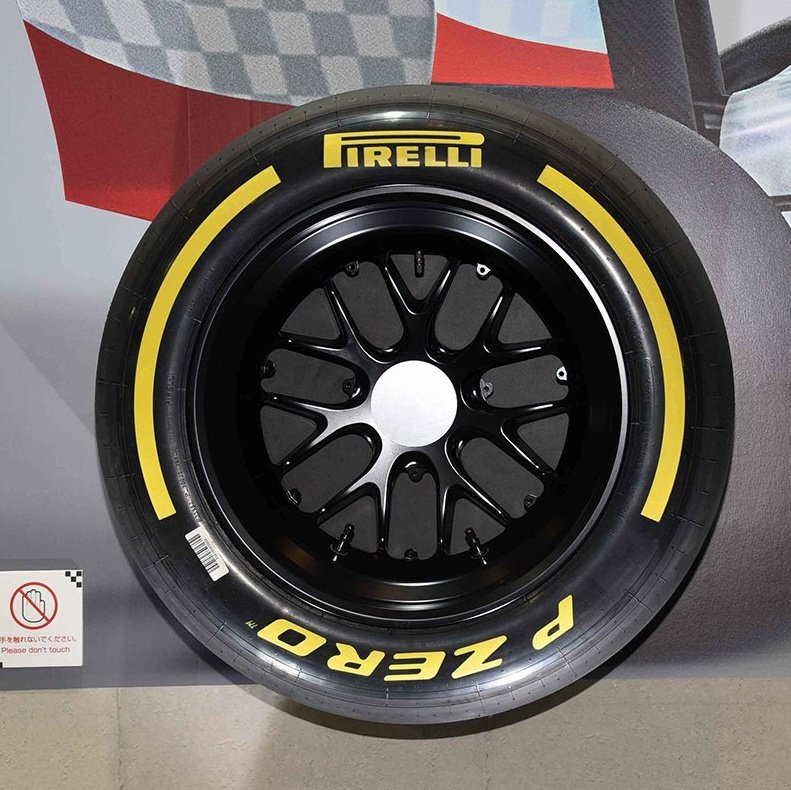
Front wings will all be different and quite a challenge for #F1 teams in 2022.
A front wing's primary job is to balance the downforce created by the rest of the car, i.e underfloor & rear wing. If you have a well balanced underfloor or small RW you only need a small FW.
A front wing's primary job is to balance the downforce created by the rest of the car, i.e underfloor & rear wing. If you have a well balanced underfloor or small RW you only need a small FW.

The wings secondary role is to manage airflow downstream, this means Armitage directing and diverting airflow from key areas back aking the car, i.e front tyres, underfloor inlets, brakes and cooling inlets.
In 2022 the tunnel inlets are a major area to feed with clean air
In 2022 the tunnel inlets are a major area to feed with clean air

In 2022 there's large regulatory box in which to fit the front wing. This gives a lot more freedom than in 2021.
You can run the wing high or low at different points across its span. Then chose how much of the remaining height within the box to create angle for downforce.
You can run the wing high or low at different points across its span. Then chose how much of the remaining height within the box to create angle for downforce.

Teams might want create load at the outboard tips, the centre or in the mid spans.
The outboard option is rendered inefficient by the rounded-under endplate. Loading the centre might compromise glow to the tunnels, so mid loading appears to be the compromise.
The outboard option is rendered inefficient by the rounded-under endplate. Loading the centre might compromise glow to the tunnels, so mid loading appears to be the compromise.

You can see a high mid loaded wing aids the tunnels, but potentially lacks downforce. A lower or centre loaded ring packs a punch at a cost to the tunnels. 

With all this the connection to the nose is integral to the wing design.
Teams can run a short nose and let the mainplane sit below the nose, to reduce upwash towards the tunnels.
Teams can run a short nose and let the mainplane sit below the nose, to reduce upwash towards the tunnels.

• • •
Missing some Tweet in this thread? You can try to
force a refresh





























